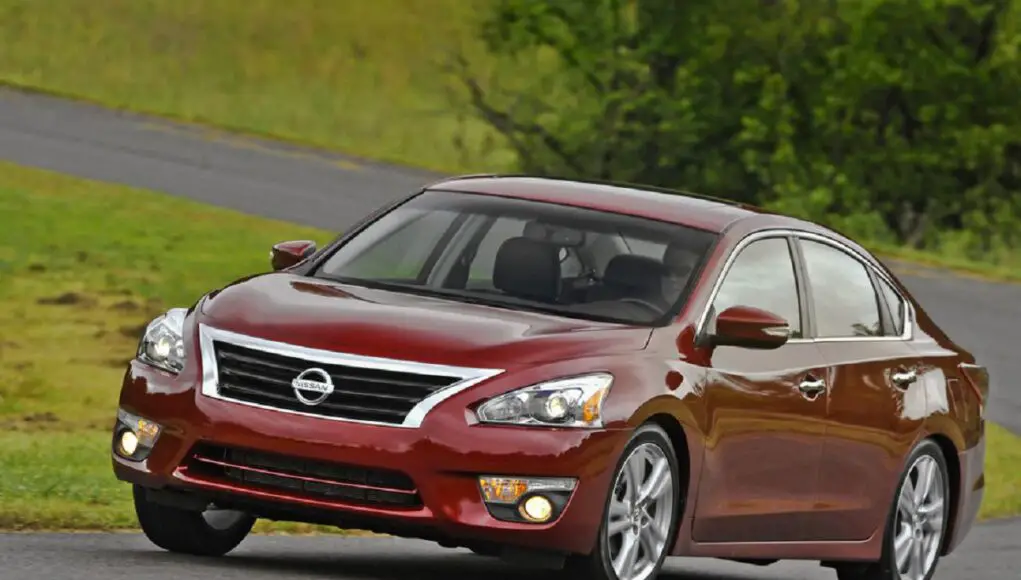Honestly, it’s their CVTs.
Prior to 2003, Nissan had a strong lineup with bread and butter offerings (still around today) like the Altima, Maxima, Sentra, Frontier, Pathfinder, Quest, and Xterra. With a lineup that stretched from the All-electric Nissan Leaf to the fire-breathing Nissan GT-R, Nissan wasn’t only somewhat reliable, their offerings pushed the boundaries. So why does Nissan, as of late, have such a poor reputation and suffer from sub-par reliability?
Embed from Getty ImagesA lot of Nissans problems go farther back, starting with management in the late 90s. While Nissan might’ve made reliable cars back then, few models were all that profitable. By Ghosn’s own estimation, “Nissans margins were notoriously low; specialists estimated that Nissan gave away $1,000 for every car it sold in the United States due to the lack of brand power.” In addition, Nissan had billions of dollars in equity stakes in partner companies which they did not need, a bloated production capacity, growing debt, and operating losses. Drastic change from the top needed to be made before Nissan would become bankrupt.
Enter the Nissan-Renault Alliance with Renault’s CEO Carlos Ghosn behind the helm. To save Nissan, Ghosn trimmed down unprofitable models throughout Nissans global lineup and implemented cost-cutting measures that would save Nissan roughly 20 percent across the board.
This cost cutting trickled down to their models, too. To reach a 10 percent market share goal in the United States, Ghosn championed an affordable lineup, filling in where Hyundai and Kia once were. Ironically, this volume over price push did not help Nissans overall profitability.
A part of this cost-cutting plan was the push for one, efficient transmission shared across several models called the Continuously Variable Transmission, or CVT. CVT uses a variable width pulley and flexible belt as opposed to gears to achieve the most efficient gear ratio at any speed. More efficiency means better fuel efficiency, especially around town. Nissan was so committed to the CVT they bought an upwards of 82 percent majority share of the Japanese Automatic Transmission Company or JATCO, Japans largest maker of CVT transmissions.
Dubbed the Xtronic lineup of CVTs, Nissan first introduced this revolutionary transmission for the North American market in the 2003 Nissan Murano and rolled the Xtronic out into the rest of their lineup, most notably the Altima, Maxima, Sentra, Versa, and Rogue.
Embed from Getty ImagesSoon after new Nissan owners with CVTs took ownership of their vehicles, owners reported slow response times, shuddering, shaking, noise, operating at a reduced RPM and ultimately, CVT failure. Failures occurred at mileages as low as 30,000 miles or fewer.
Nissan band-aided a remedy by doubling powertrain warranties on all Nissans with CVTs built between 2003-2010 but never addressed the design problems.
Prior to extended warranties, Nissan owners with bad CVTs were left to foot the bill to the tune of thousands of dollars for a new CVT that was already doomed thousands of miles later. These Nissan owners need their cars and were forced to pay up.
You can have the best engines but, if you can’t transfer that power reliably to the wheels, you’re left with a belching paperweight.
With Nissan tanking its image between 2003-2010, you’d think subsequent CVT issues would be remedied. Not so. Nissan owners with CVTs built well into 2017 report failing CVTs.
Nissan responded by extending five year warranties through a class action lawsuit to seven if you had a Nissan with a defective CVT built between 2013-2017. Those who repaired their transmissions out of warranty were awarded compensation if they filed.
Nissan has never legally admitted they built a poor CVTs, so we’re left to speculate, the best guesses pointing to inadequate CVT cooling.
Others, like this pioneering garage mechanic and low-key design analysis engineer, his video below, traced the root cause to unreliable bearings on one of the CVTs main shafts that subsequently caused a CVT belt to shear.
Nissan, to this day, is still dealing with the repercussions of poor engineering, warranty work eating in to their annual profits.
Where is Nissan ranked today?
In 2018, Ghosn was accused of financial misconduct, was ousted from Nissan as Chairman and, in a plot twist, fled Japan to Lebanon in a suitcase. With a new leader, Makoto Uchida behind the helm, Nissan has, once again, set on the path of cost cutting, bringing exciting products to market, and reviving its Nissan/Infiniti brand image.
As of this writing, Consumer Reports ranks Nissan and Infiniti as 13th and 11th in new car reliability.
According to a WhatCar.com user survey, poll responders ranked Nissan 27th, one rung above Tesla, in overall brand reliability.
Nissan and Infiniti have 27 offerings in the United States, its Altima, Sentra, Rogue, and Kicks doing most of the lifting.
The general consensus is that Nissan needs to come out with exciting and reliable products soon if they want to stay alive which, according to a recent CNBC doc, is what they’re doing.
Believe it or not, as late as the MY 2019 Altima, Nissan is still tweaking its XTronic CVT.
Nissan needs a solid decade of exceptional products with few recalls before we can rank them with Toyota, Honda, and Mazda.
But, at this time, Nissans are largely unreliable products I’d avoid.



